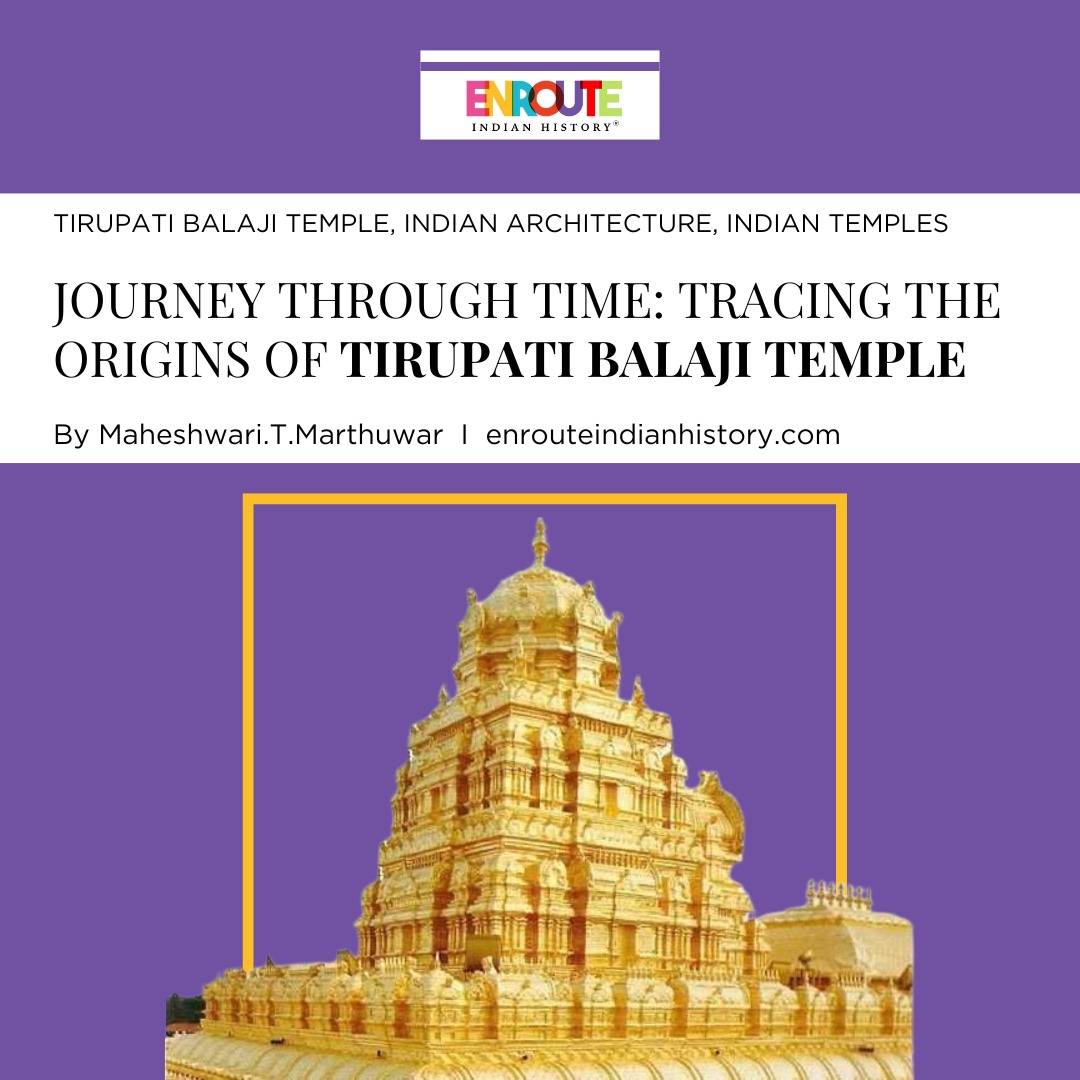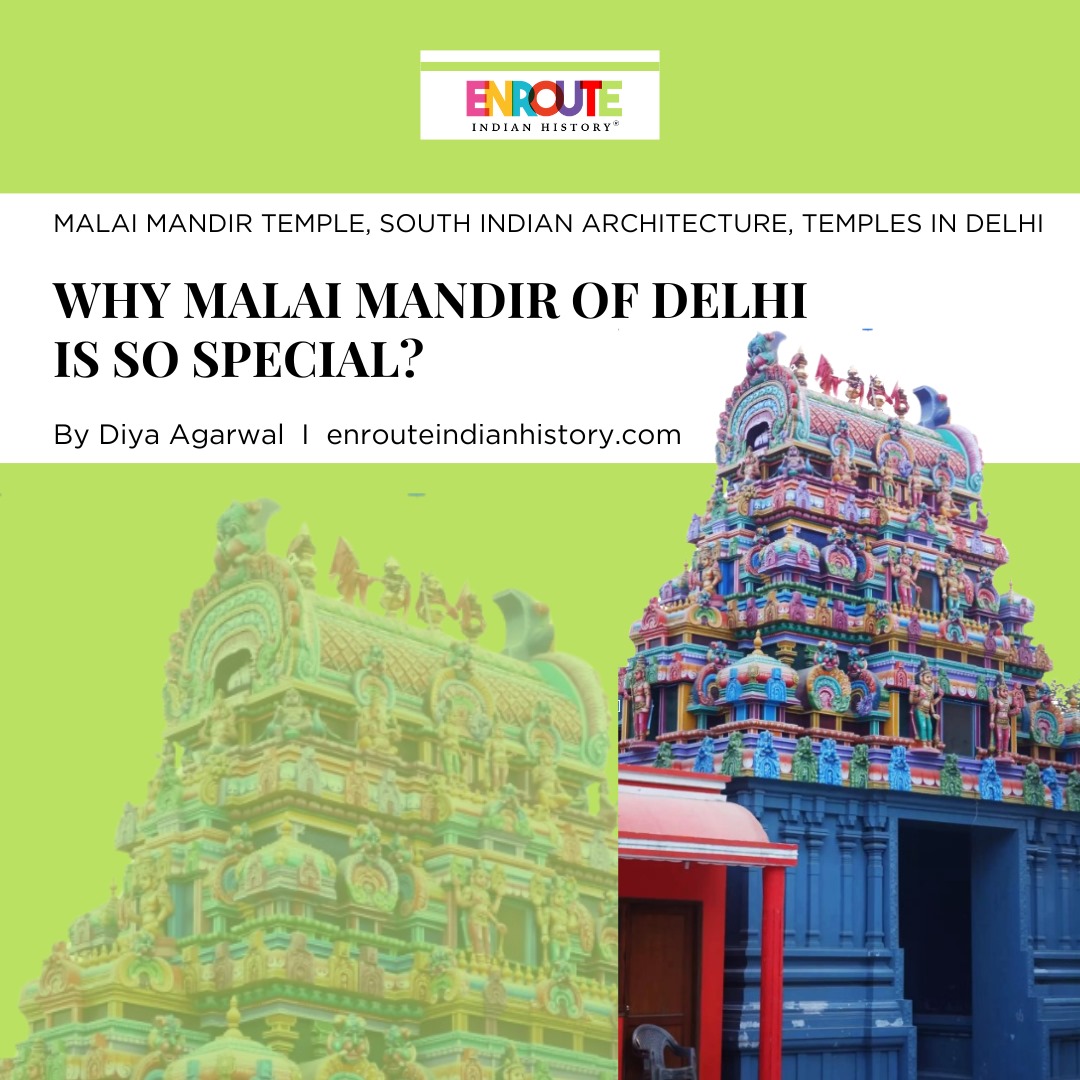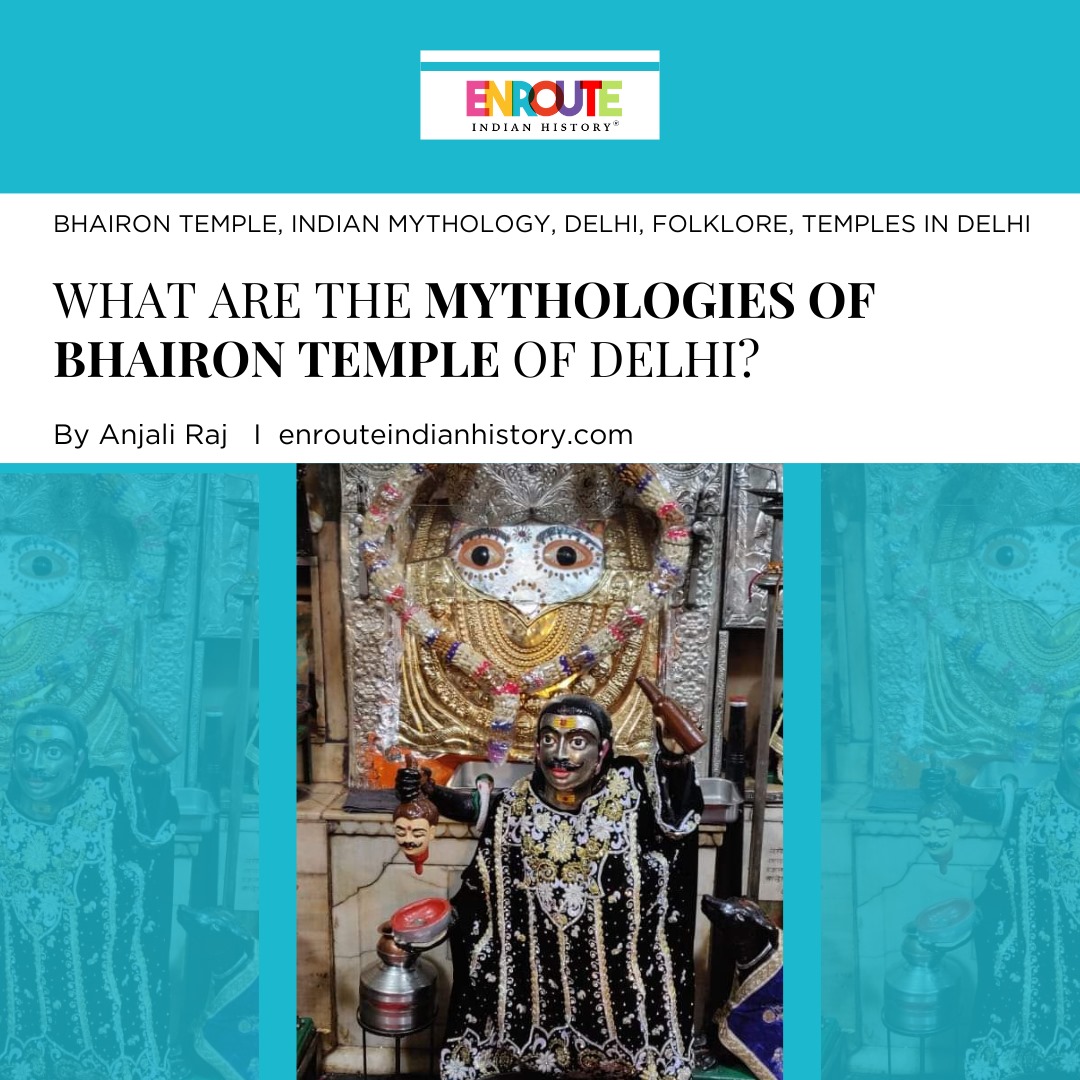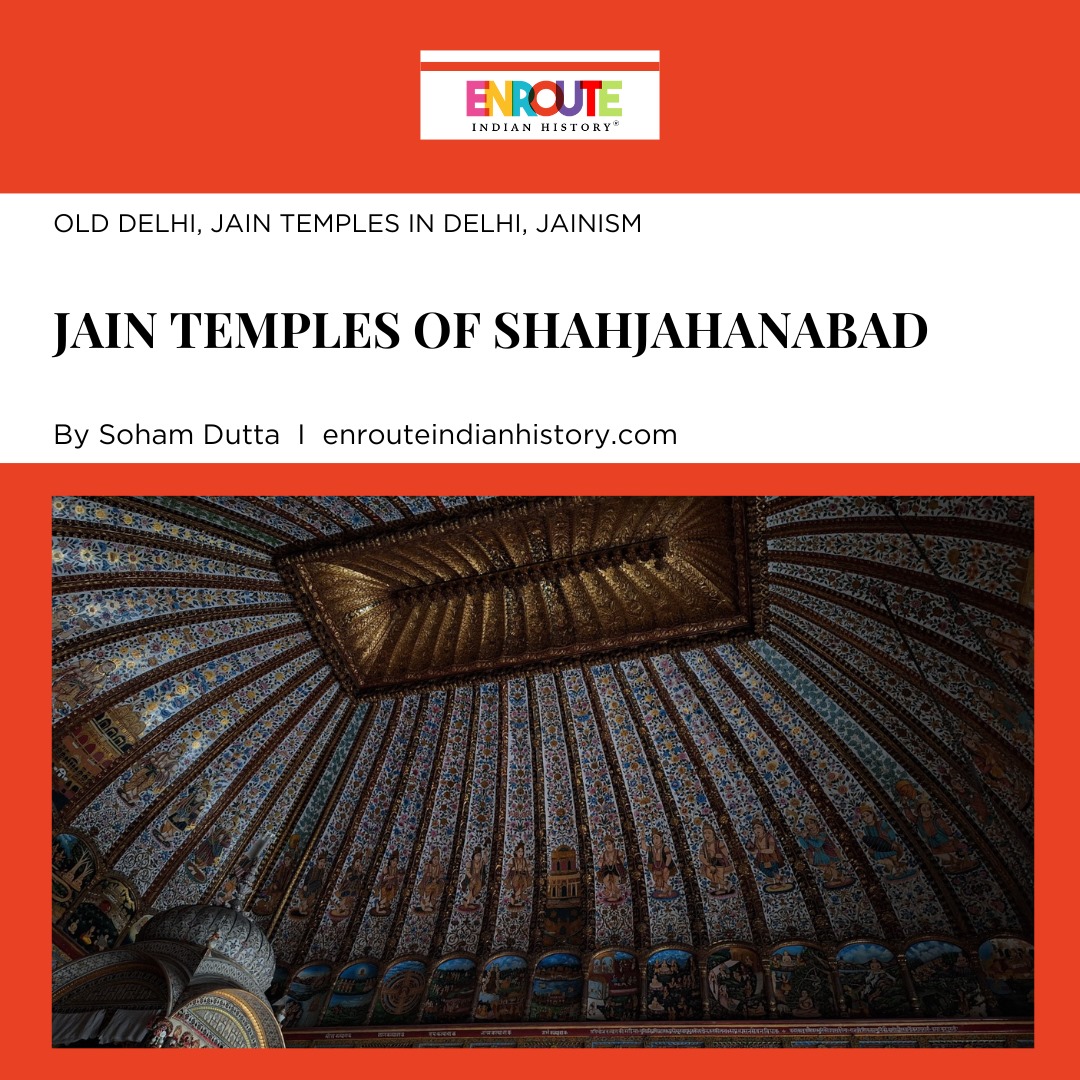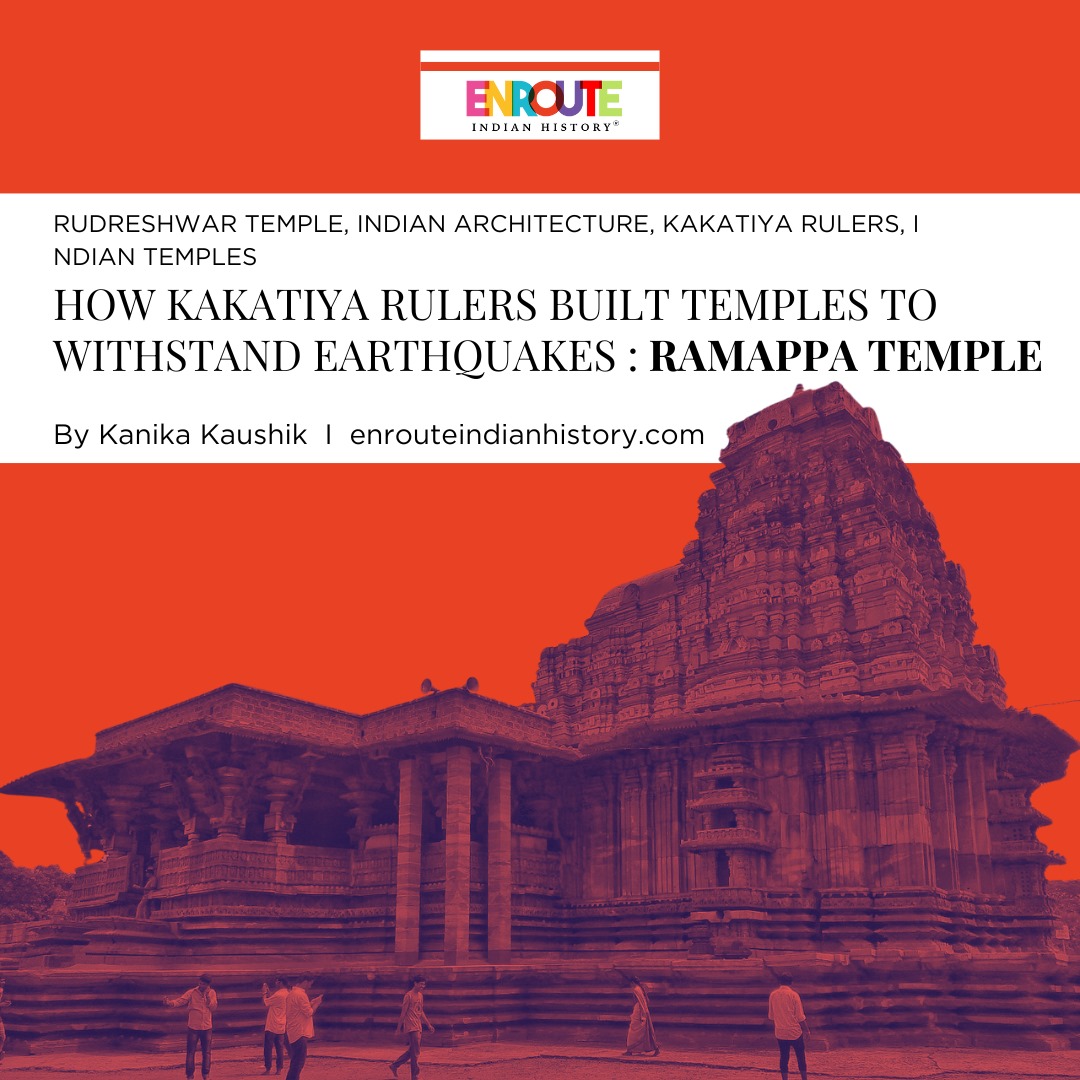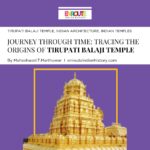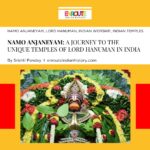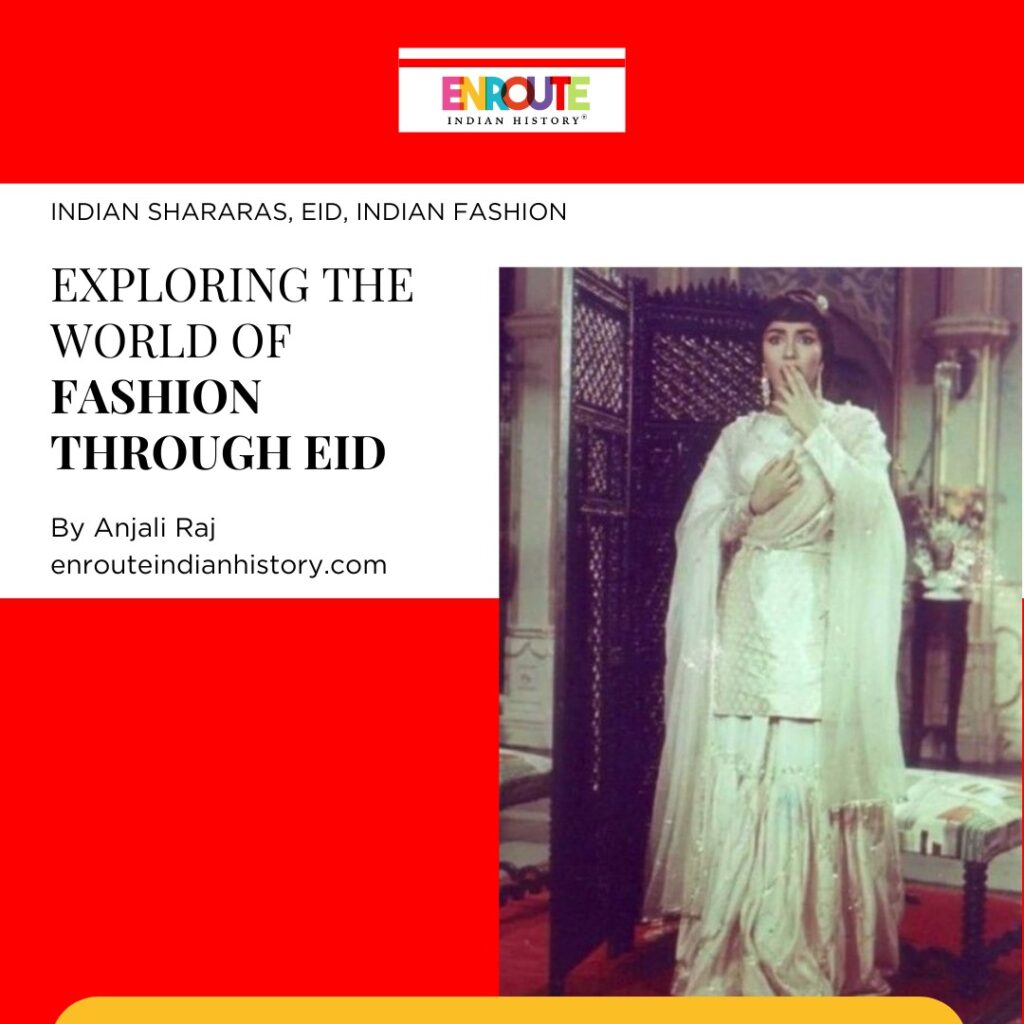
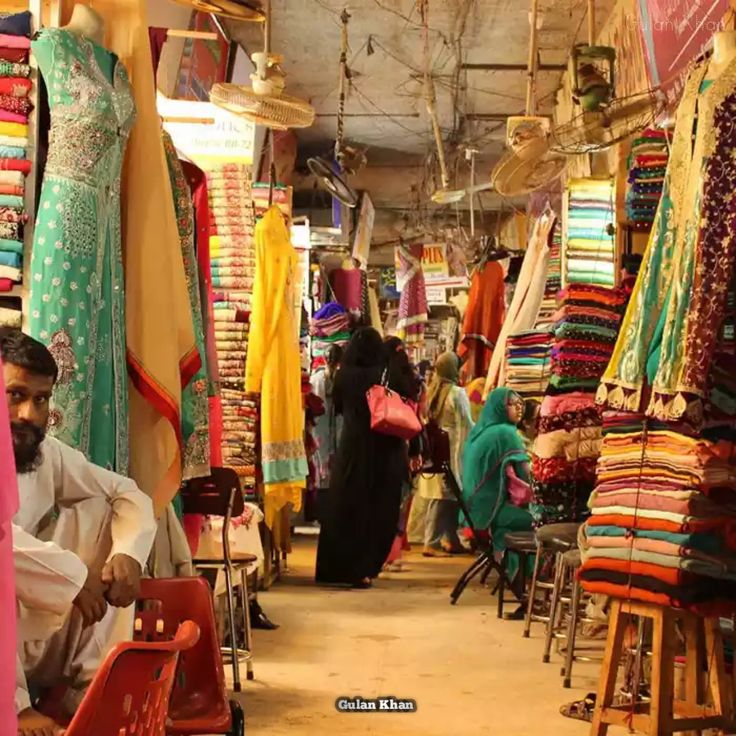
[ source: pinterest photo by gulan khan ; market during Eid]
Eid, one of the most important festivals in Islam, marks the end of Ramadan, the holy month of fasting. As Muslims come together to celebrate, they do so with a sense of joy, gratitude, and community. [My friend once told me Eid is a gift from Allah for observing fasts ; so accept and celebrate the gift of Allah] The attire worn during Eid reflects these sentiments, often embodying a blend of tradition, cultural heritage, and personal style. One aspect of Eid celebrations that has always captivated me is the stunning attire and jewellry worn by Muslims during this festive occasion. Beyond merely being a fashion statement, do these garments and accessories hold deep cultural and religious significance? Let’s delve into the rich world of Eid’s fashion in India to explore the meanings behind these beautiful adornments. Certainly! Traditional attire like salwars, shararas, and ghararas paired with silver jhumkas and bangles adorn women, enhancing their beauty. Similarly, the simplicity and elegance of a white plain Pathani kurta for men exude a timeless charm, adding to their allure. Both men and women embrace these traditional garments, each contributing to the rich tapestry of cultural fashion with their unique flair and style.
The evolution of traditional attire has been a captivating journey, marked by transitions from suits and salwars to ghararas and shararas, and further to Pakistani kurtis. Each stage of this evolution has brought forth its own unique beauty, enriching the cultural landscape of fashion with ever more exquisite garments. Bollywood and Pakistani dramas has influenced the fashion trends of Eid.

[ source : photo by Rifat bano wearing mehndi and bangles]
Is it truly necessary to don these elegant garments, not only beautiful but also new? Indeed, it adds a sense of sanctity for those commemorating this occasion, adorning themselves from head to toe. Men attire themselves in kurta and salwar with a musafa and Taqiyah (cap) atop, adhering to sunnah as they proceed to the mosque. Similarly, women partake in the tradition by wearing new attire, applying itra, surma, and mehndi, in accordance with sunnah[ way of prophet ] .On chand wali raat wearing mehndi , bangles , surma , itra is sunnat .
Lets dive into the world of fashion particularly the popular attire worn in India during Eid and explore the fits that were popular .
SALWAR KAMEEZ
The salwar kameez holds a significant position in the wardrobes and cultural identities of Indian and Pakistani women, particularly during festive occasions like Eid. Originating from Turkish and Iranian influences in Central Asia, it gained prominence during the reign of the Mughal Empire in the Northern regions of the Indian subcontinent. Some believe its roots stretch even further back to the Punjab region, formerly known as the Indus Valley area. Over time, the salwar kameez has evolved into a versatile garment, blending comfort and style seamlessly.
Today, the salwar kameez transcends its historical origins to become a ubiquitous attire choice across various settings. Whether it’s for everyday wear, professional settings, casual outings, relaxing at home, or grand celebrations, the salwar kameez offers an array of styles to suit diverse tastes and occasions. Its adaptability has made it a wardrobe staple not only in South Asia but also in regions worldwide where Indian ethnic fashion is cherished. With countless variations in design, fabric, and embellishments, the salwar kameez continues to evolve, reflecting contemporary fashion trends while honoring its rich cultural heritage. As a quintessential Eid attire for Muslim women, the salwar kameez retains its timeless appeal, symbolizing tradition, elegance, and comfort.
The trend has been evolving, with an increasing presence of shararas and ghararas in the market. Pakistani suits, propelled by the allure of captivating Pakistani dramas, have notably gained popularity in recent times.
Historical background of Sharara and Gharara

[ source: Wikipedia; Begum liyaqat Ali, former governer of shindh wearing gharara]
The Gharara, originating from the cultural hub of Nawabs, Lucknow, emerged during the late 19th and early 20th centuries as a symbol of prestige and status. It epitomized the elegance and refinement associated with the elite Muslim women of the region, particularly those from noble families like the Nawabs and Taluqedars. Evolving over time, the Gharara has retained its allure and continues to captivate people, especially as a favored choice for weddings and other special occasions. Renowned for its timeless beauty and traditional charm, the Gharara remains a beloved attire not only in its place of origin but also in neighboring countries like Pakistan and Bangladesh, where it embodies cultural heritage and grace.
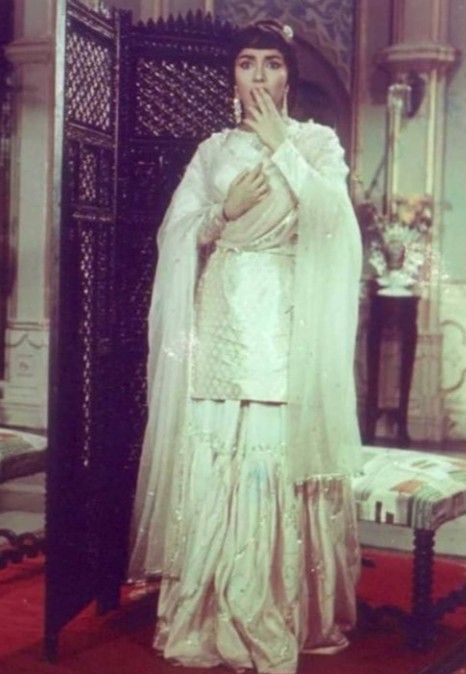
[ source: movie mere Mehboob ,in this we can she sadhna shivdasani wearing sharara]
The misconception that the sharara dress originates from Pakistan is inaccurate. While it has Lebanese origins, its predecessors can be traced back to the Hamedan tribe in Yemen. Initially crafted for queens and princesses, the style gained popularity in the Indian subcontinent during the rise of the Mughal aristocracy in the 16th century. The origins of the sharara can be traced back to Lebanon, while the gharara is distinctly Indian. Initially, during their inception, ghararas were in higher demand. However, their popularity among the masses, particularly the middle class, surged, largely influenced by Bollywood. Actresses donning shararas and ghararas on-screen contributed significantly to their widespread appeal. Traditionally associated with royalty, these garments underwent a transformation post-independence, as Bollywood made them more accessible. Affordable fabrics and embellishments, such as bunkari instead of expensive Zari work, democratized the market for shararas and ghararas. This shift broke the stereotype that only the elite could wear them, making these pants more inclusive and appealing to a broader audience. The impact of the gharara was deeply ingrained in the cultural fabric of India and South Asian countries. However, it was the emergence of the sharara, propelled by Bollywood movies such as “Mere Mehboob,” featuring popular cultural icon Sadhna Shivdasani adorning the attire, that sparked a sharara craze in the 1960s. This trend resurfaced prominently with Deepika Padukone’s portrayal of a character in a sharara ensemble in “Bajirao Mastani,” and later in “Ae Dil Hai Mushkil,” among many other films.
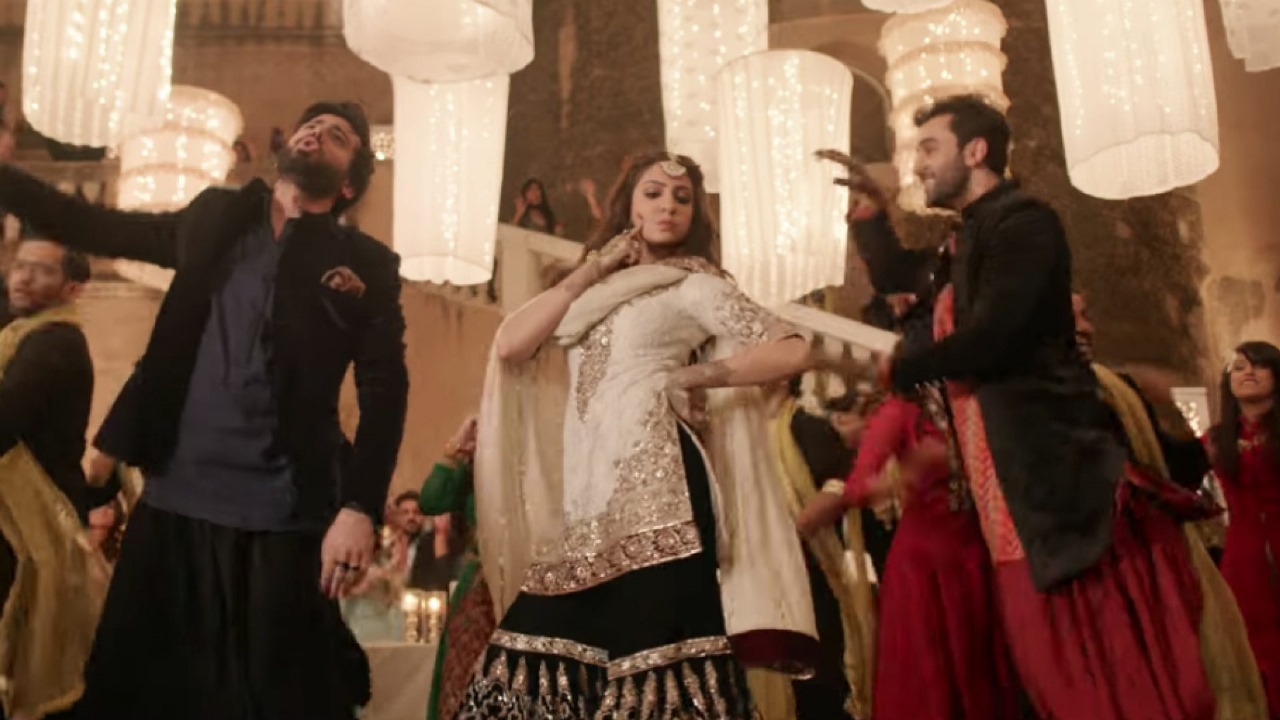
[ source :youtube : from movie ae dil h mushkil ; here Anushka sharma is wearing sharara]
Today, the trend continues to thrive, with the recent release of “Heeramandi” showcasing stunning sharara designs, igniting a fresh wave of fashion fervor among enthusiasts. The influence of Bollywood on fashion trends remains undeniable, as each cinematic portrayal breathes new life into traditional attire, shaping contemporary style.
Bollywood has long been influential in defining our perception of fashion, particularly for festive occasions. Keeping up with the latest trends is a significant goal for many, leading to traditional outfits like the suit salwar for eid taking a backseat to more contemporary options such as shararas and ghararas. These flowing ensembles have become increasingly popular among fashion-forward individuals seeking to embody the glamour and elegance often portrayed in Bollywood films. As a result, they have become staples in Eid wardrobes, symbolizing a fusion of tradition and modernity in Indian fashion.
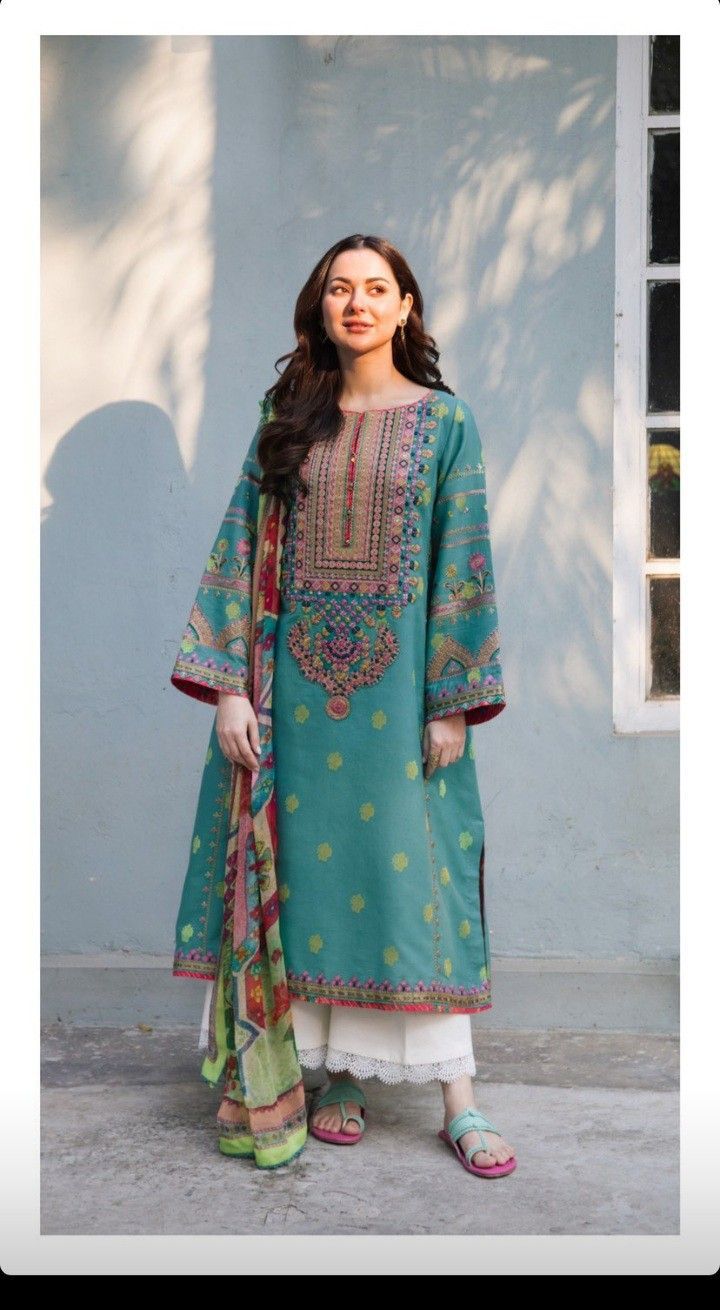
[ source: Pinterest, Pakistani kurti , Hania Ameer a Pakistani actor wearing Pakistani kurti which is getting popular in India for Eid]
But fashion is not static it always evolve through pop culture or other reasons.Theres a new trend for Eid clothing inspired by Pakistani dramas has emerged, especially among Indian audiences. Pakistani kurtis, known for their long length, paired with pants and featuring minimal and beautiful work, are becoming popular. Pastel colors are particularly in demand. Dramas like “Suno Chanda,” “Mere Humsafar,” and “Tere Bin” have sparked inspiration for Eid outfits, particularly in the style.
Everyone buys new clothes, and this festival is the only occasion when all Muslims engage in shopping, purchasing new garments, adorning themselves with beautiful jewelry, and wearing henna and bangles and it is sunnat.
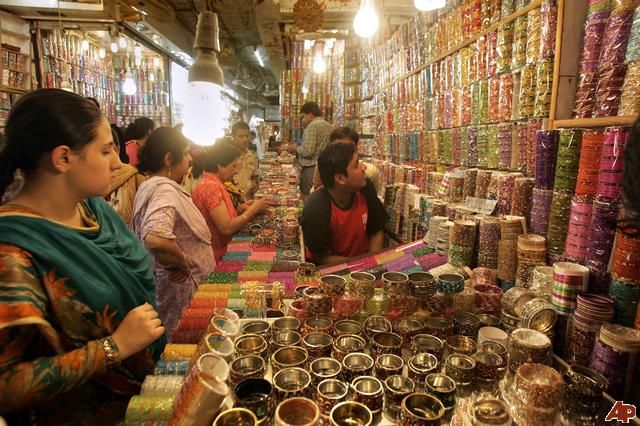
[source: pinterest photo by lala Hussain; jewellery market during Eid]
Eid festivities bring a lucrative opportunity for kurti makers and tailors, as the demand for new kurtis surges among celebrants. I vividly recall the vibrant atmosphere of the market during Eid, adorned with an array of beautiful kurtis, shararas, and dazzling dupattas. The bustling crowd and the allure of exquisite clothing create a scene of economic prosperity for both clothing artisans and sellers alike. The influx of shoppers not only brings joy to those seeking new attire but also provides a significant boost to the local economy, sustaining livelihoods and fostering a sense of community spirit.”
REFERENCE
Salwar stories Eid special
The sartorial tradition of Eid
https://www.thevoiceoffashion.com/fabric-of-india/features/the-sartorial-traditions-of-eid-4998
Style sans borders how Pakistani serial are inspiring Eid couture
- April 25, 2024
- 25 Min Read
- April 25, 2024
- 14 Min Read
- April 25, 2024
- 6 Min Read


